Over the years, the quest for a good morse code keyer has been on the mind of many Hams. I remember the first keyer I ever saw at a friends shack while I was still in high school. It was the latest thing with “Iambic” or squeeze keying. He demonstrated using his Brown Brothers paddles how it would alternate making dits and dahs when both paddles were held. It was homebuilt using RTL logic.
Over the years improvements came along. Memories that could store canned messages. Weight and beacon settings. Serial numbers that auto-incremented for contesting. Back before computer logging took over, a good contest keyer was a necessity.
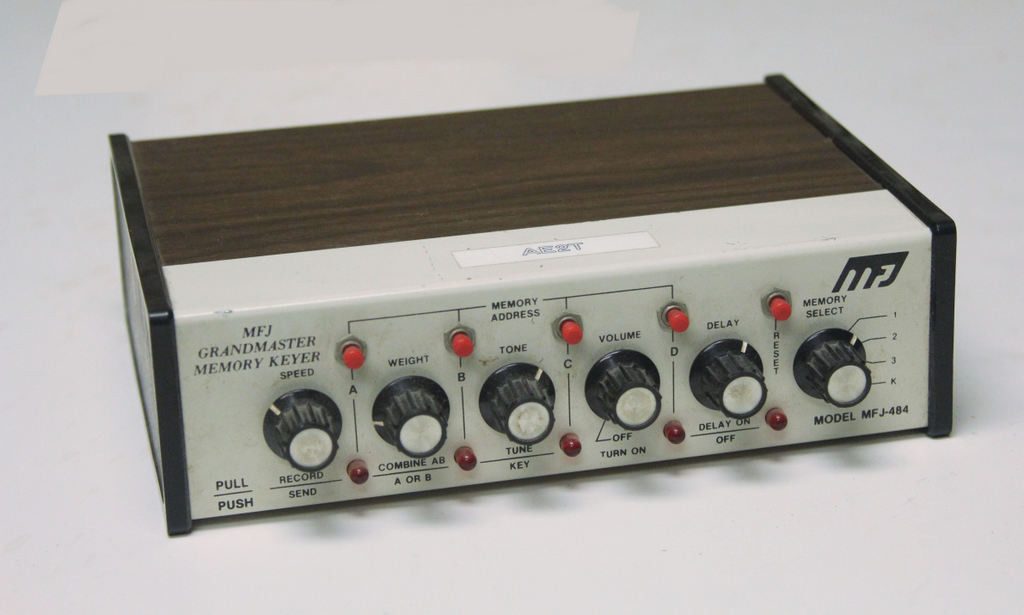
Then contest logging software took over the CW sending and the keyer was on the back shelf for use in casual QSOs or when the logging computer crashed. But eventually, computers got too complicated and too fast and busy doing other things to send decent CW without it getting choppy. Of course, we were demanding more out of the logging computer – controlling two radios, sending/receiving spots over the network, etc.
So along comes K1EL and his Winkeyer. It took all the timing issues away from the main computer and let a little PIC chip handle them. It worked like a charm and became the standard for most contesters. And you could plug a paddle into it and use it as a simple keyer too! I have one and love it.
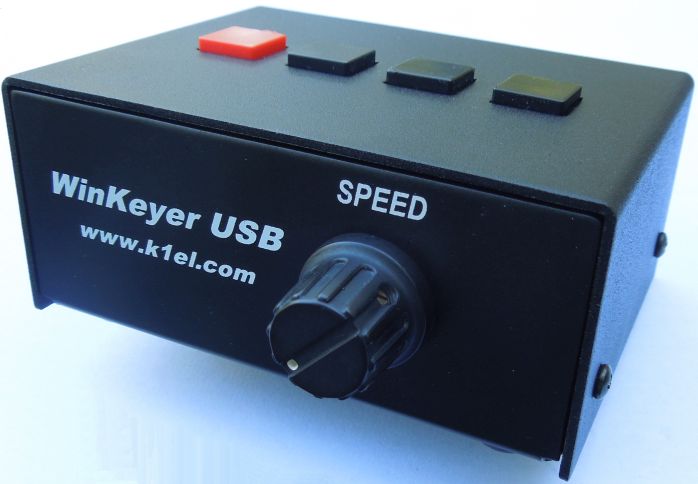
But Hams being Hams, never sit still and other choices came along. Of course, not everyone cared about contesting or they needed a keyer that had other features. A number of people published keyers that used small microcontrollers. The Microchip PIC chips were popular and a number of Hams created keyers using them. The Embedded Research Tick keyers brought them down to a single chip you could embed into your homebrew rig or build into a case. I built one the size of a keyfob for your car.
But eventually, people discovered the Arduino and how easy they were to program. I’m sure many programs were out there and I’ve played with a couple, but the one that has come to the forefront was written by Goody, K3NG. I’m not sure when it was first released, but by now it is quite mature and has an extensive feature list, including incorporating the K1EL Winkeyer2 functionality. It continues to be updated on a regular basis today. You can read about it at https://blog.radioartisan.com/arduino-cw-keyer/
I don’t even remember where I first heard about it, but I know I had played around putting the code into an Uno and making all the connections on a breadboard. But I really got into it when I saw the DJ0MY kit that lets you put it on an Arduino Nano. The Nano is a small Arduino board about the size of a large postage stamp. I had been using Nanos and Minis for some other projects, so I knew what it could do. I ordered the kit from Germany and when it came, I built it. The program gave many options and I had a blast changing things and trying them out.
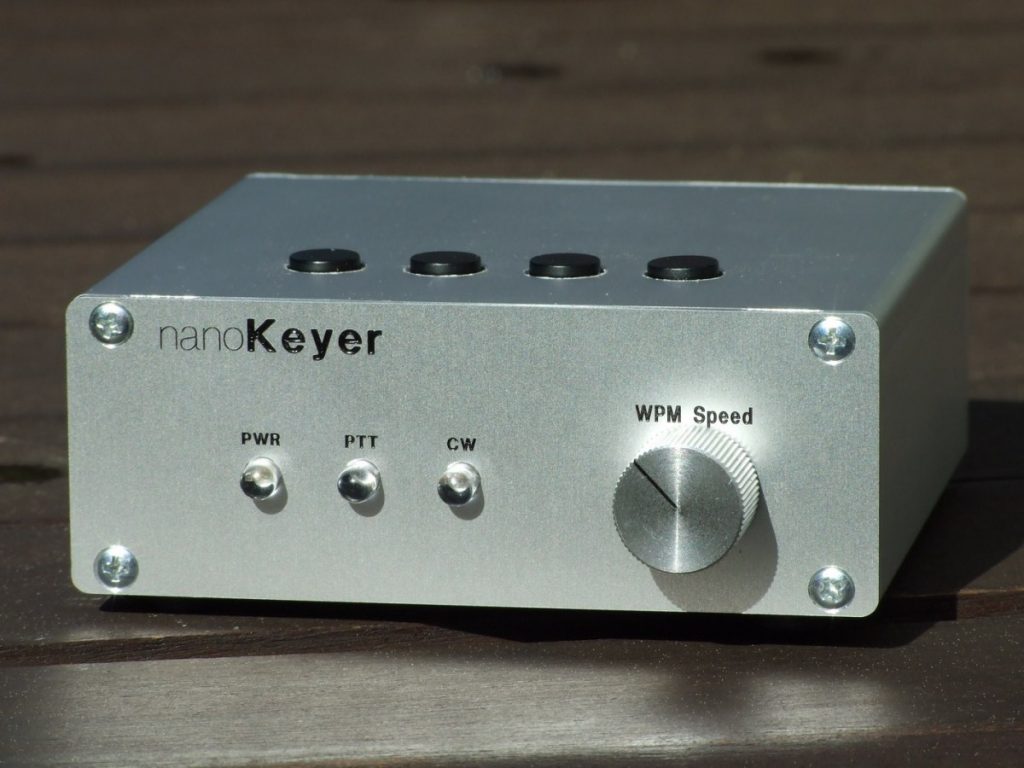
So, it makes a fantastic keyer. I can’t list all the things it can do here because it is too long of a list. Read the link above if you want. But the problem was, there was so many features that they can’t all fit in the limited space in the Nano’s memory. The way Goody wrote the code allows you to turn on or off sections of the code when it gets compiled. You pick and choose the features that you really want and if they fit, you’re golden. If it doesn’t, you have to give something up.
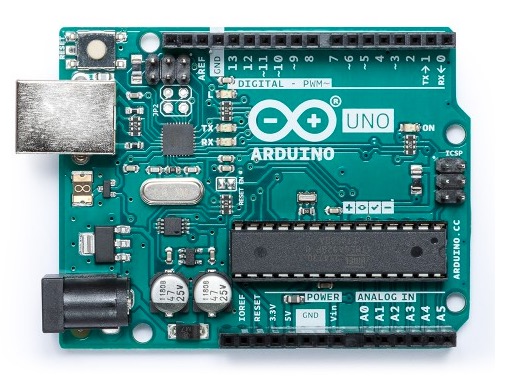
Uno 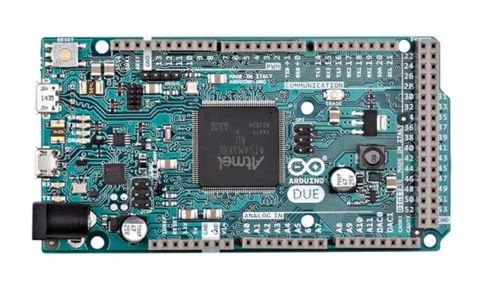
MEGA 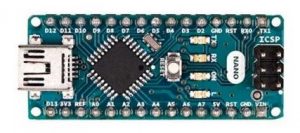
Nano
But the code will run on any Arduino. What if there was one that had more program space and could accommodate more features? Well, there is. The Arduino family tree is pretty big, even just the official branches. One stood out as perfect for making the ultimate version of the K3NG keyer. It was the Arduino Mega 2560. It offered more than eight times the program space as well as double the number of I/O pins. The only drawback was it was twice the size of the Uno and completely dwarfs the Nano.
Nonetheless, people started talking about making a PC board, or shield, to make the Mega into a keyer. It was a great idea and some people homebrewed them.
Then someone said “What about these Mega 2560 Mini boards we see on EBay?”

Someone had taken the same chip as used in the Arduino Mega 2560 and put it on a much smaller board. All the I/O pins were there, and since it is the same chip, the memory size is the same. It just no longer fits the shield layout that the Uno and Mega share. It ends up being wider than the Nano but not much longer. It’s not official Arduino, but is comaptible with the software. Since the whole Arduino project is open source, they encourage others to develop them. Official, full sized MEGA 2560s are in the $35 range, with imported clones being about $15. The Mega 2560 Pro Mini is under $10 direct from the manufacturer. There are also other similar Mega 2560 reduced size boards out there, but the layout differs slightly.
It was such a good idea, that two groups are developing projects around it simultaneously. K5BCG on the Radioartisan groups.io boards are making a board available. This is the support group for the K3NG keyer code.
At the same time, the CalQRP group (also on groups.io) is making and selling very similar boards. There are differences between the two projects, mostly in displays and interfaces. But both run the K3NG Keyer code and should allow a much more complete set of features to be incorporated at once.
Both projects have published the PCB CAD files, schematics, and full BOMs to make it easy to reproduce.
I was considering picking up a proto shield for the Mega2560 (full size) and building the keyer circuits on it. It would be a feasible project. I have a couple of the Mega boards on hand. But I heard about the Mega-Mini sized boards and decided to wait. I’m glad I did. I’ll end up building one of the above projects for sure.





Well, I decided to build one or both of the Mini Mega 2560 keyers. I was too late to get in on the CalQRP boards, but I downloaded the Gerber files and ordered boards on my own. I already have them in hand! I have one board coming from K5BCG as well from the Radioartisan group.
I’ve ordered some of the parts as well. I got some LCD displays today from eBay as well as a bunch of the optoisolators used in the CalQRP design. They had a BOM that listed Mouser part numbers and I was able to use that to order all the parts that Mouser carried. Resistors and capacitors, I have on hand, but all the parts that need to fit the board will be here soon.
Two of the RobotDyn Mega 2560 Mini boards are ordered and should be on the way. I still have a keypad coming from eBay as well.
The parts for the K5BCG version are still in the process of ordering. They had a BOM, but no part numbers and I’m trying to research which ones will fit the PCB so I can order them. Again, most of the resistors and capacitors are something I have on hand.
Neither one is ready to dive into and start building yet, so I’m just still accumulating parts.
Well, I did finally complete both versions of the Mini Mega2560 keyers. Both work very well and as advertised. My downfall has been the packaging aspect of it. I don’t have a good workshop for the mechanical stuff.
I could just slap them into a plastic box and cut openings crudely for all the various connections and controls. But I really want them to look good when done.
For the Norcal version, someone posted a 3d printing file for a front panel. I was able to get someone to print it for me and it looks great, but there are still five other sides!
The other one, the K5BCG version, is still waiting for a case. I picked up a little extruded aluminum box from China, and it should fit, but it’s going to be a tight fit. I’m a sucker for miniaturization. And I found those extrusions are hard to work with using hand tools. I put a QCX QRP rig into one and it was a chore to get done. I’m still not happy with it, although it works.
Since I really don’t need more keyers, this was just a project to enjoy for the sake of building it. I don’t need to actually finish them. They work nicely, just need some protection if they were to be used often.